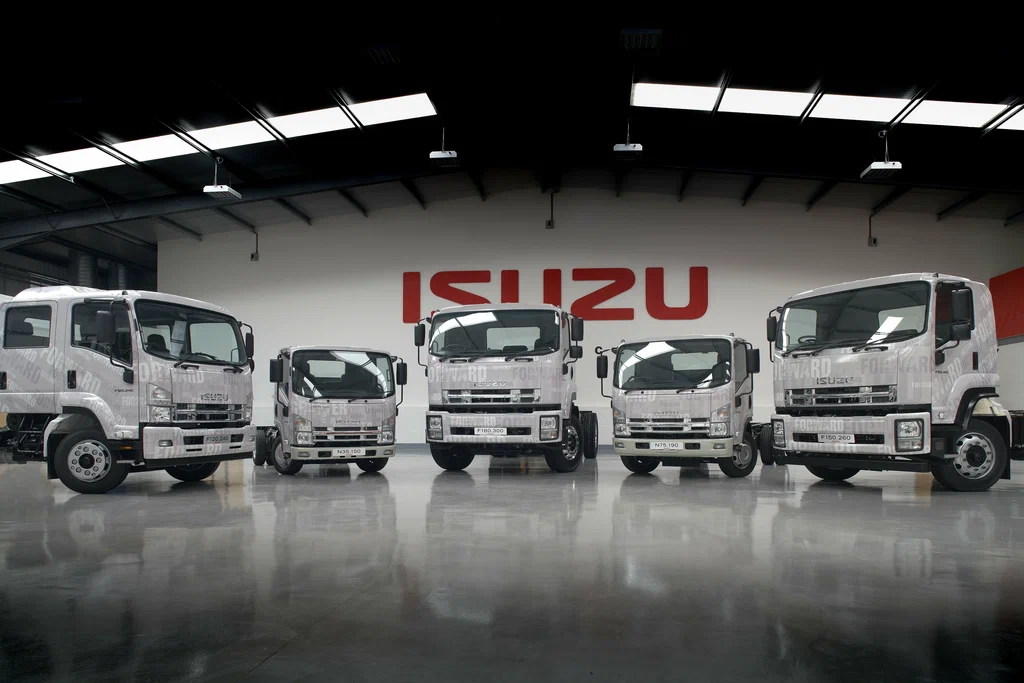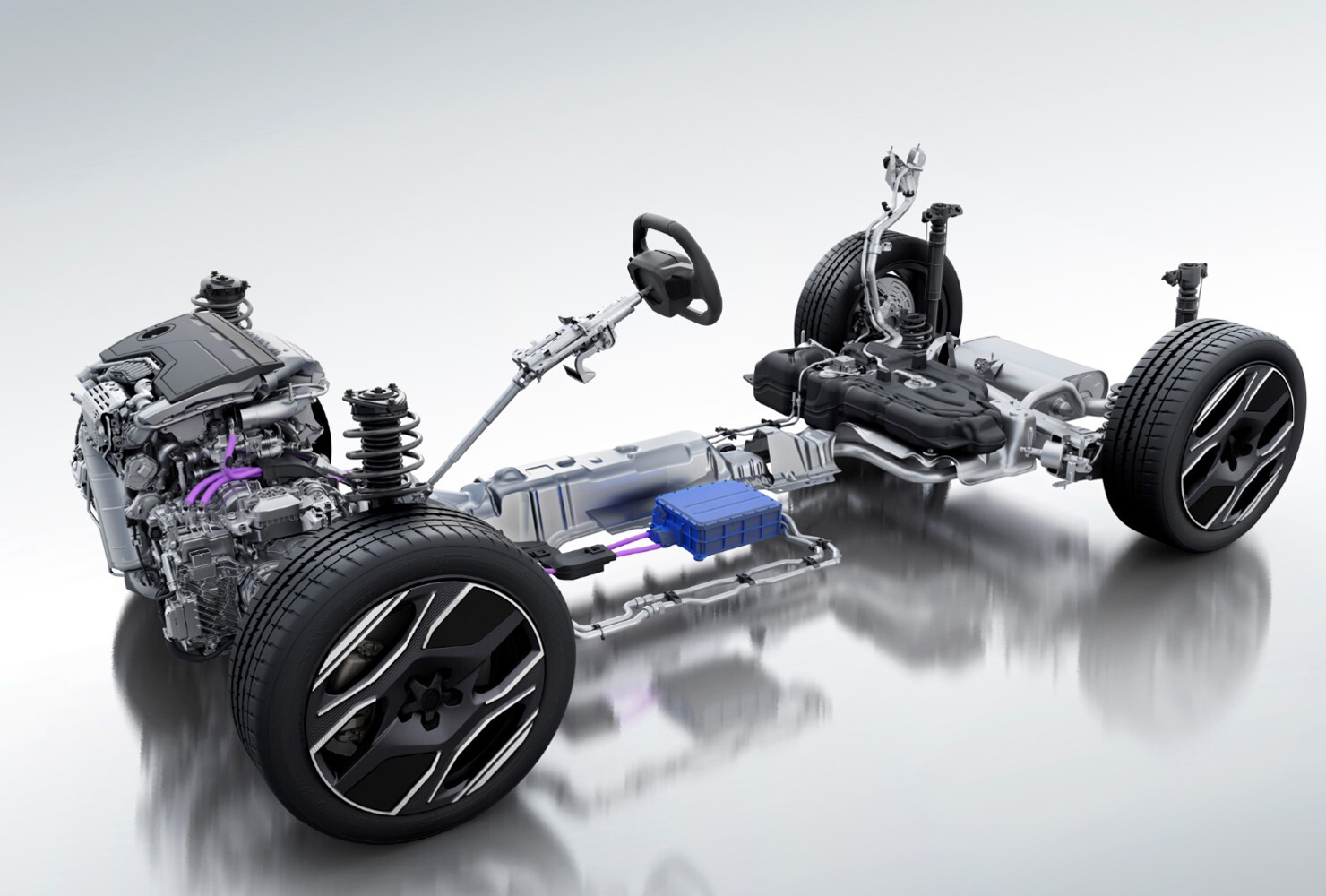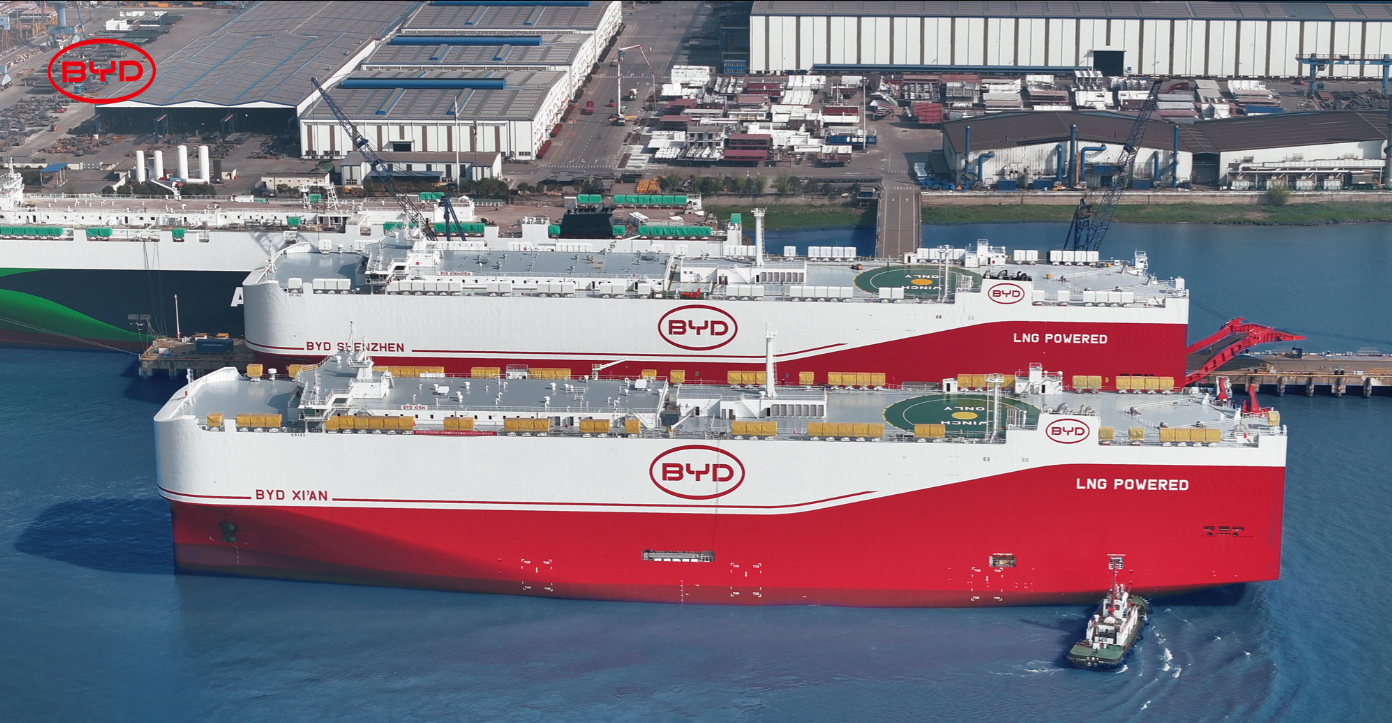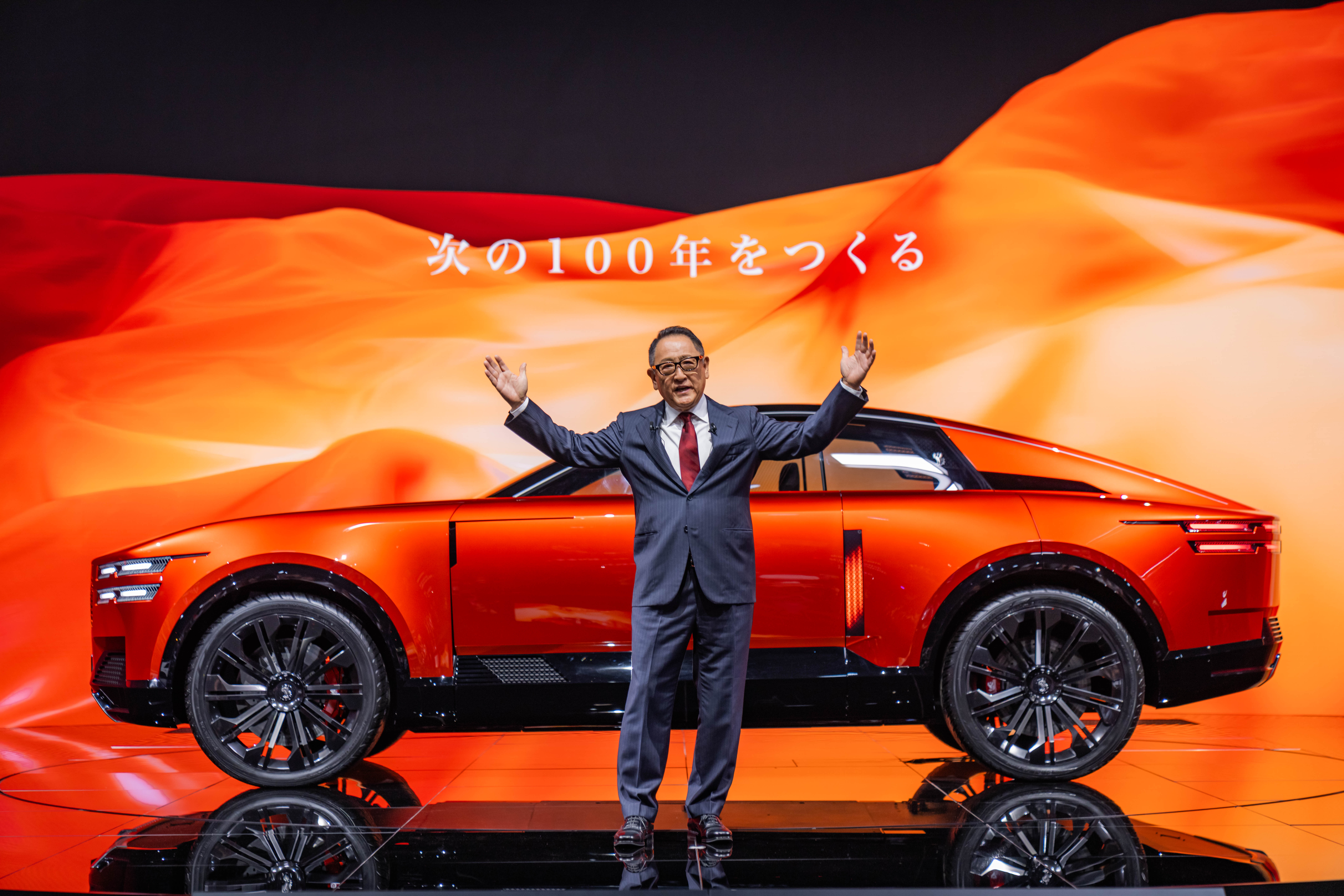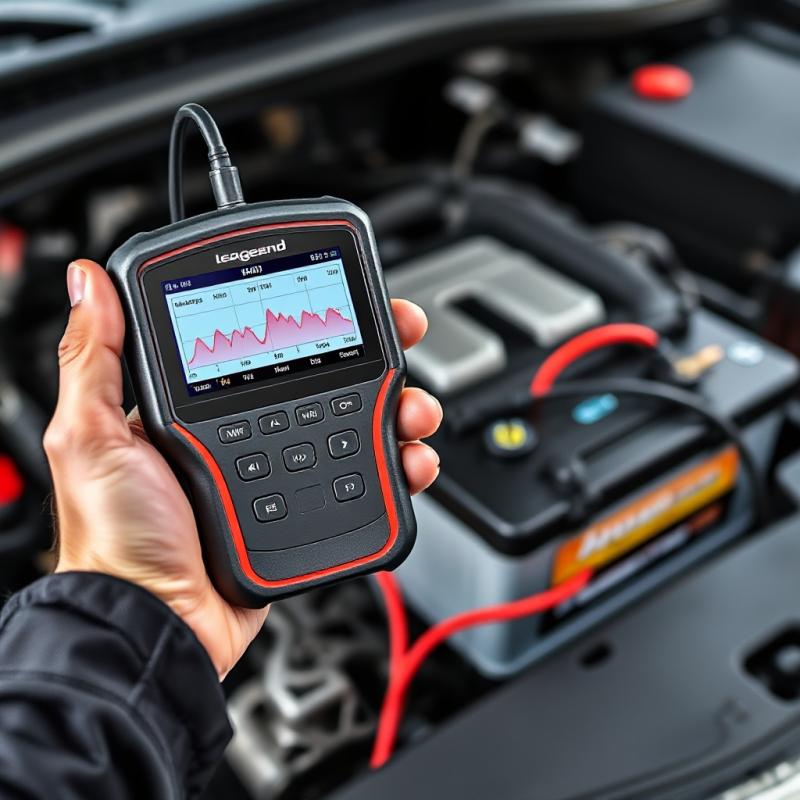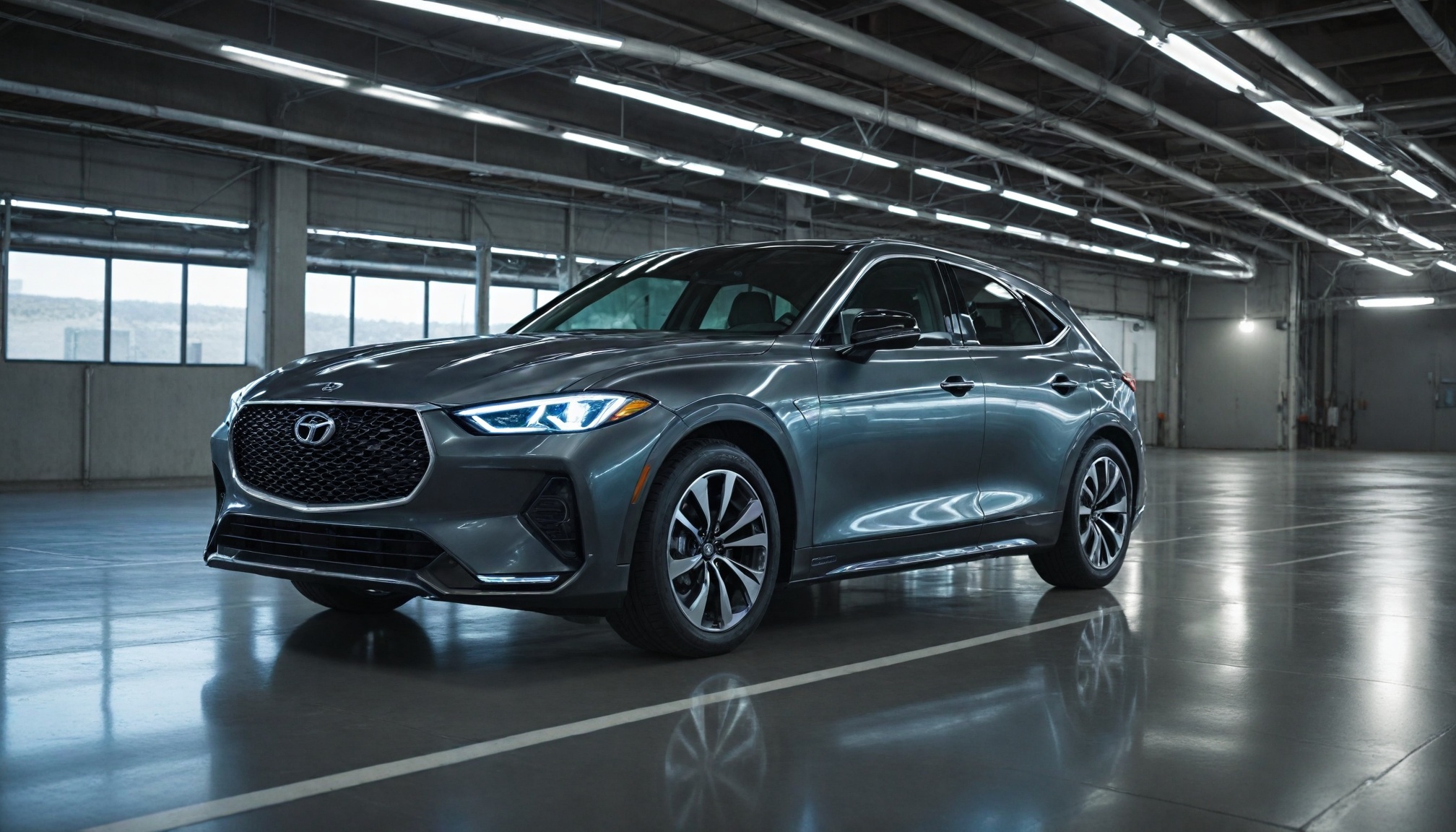
Discover how software-defined vehicles are transforming architectural paradigms in the automotive industry, enhancing functionality, security, and innovation.

Drivetech Partners
How Software-Defined Vehicles Are Revolutionizing Automotive Architectures
Pioneering a Software-Driven Era in Automotive Design
The automotive industry is undergoing a seismic shift as software-defined vehicles (SDVs) take center stage, replacing traditional, hardware-centric models. This transition promises improved vehicle functionality, increased flexibility, and enhanced user experiences through innovative architectural approaches. At the heart of these changes is an evolving technological landscape that leverages software as the key driver of automotive capabilities.
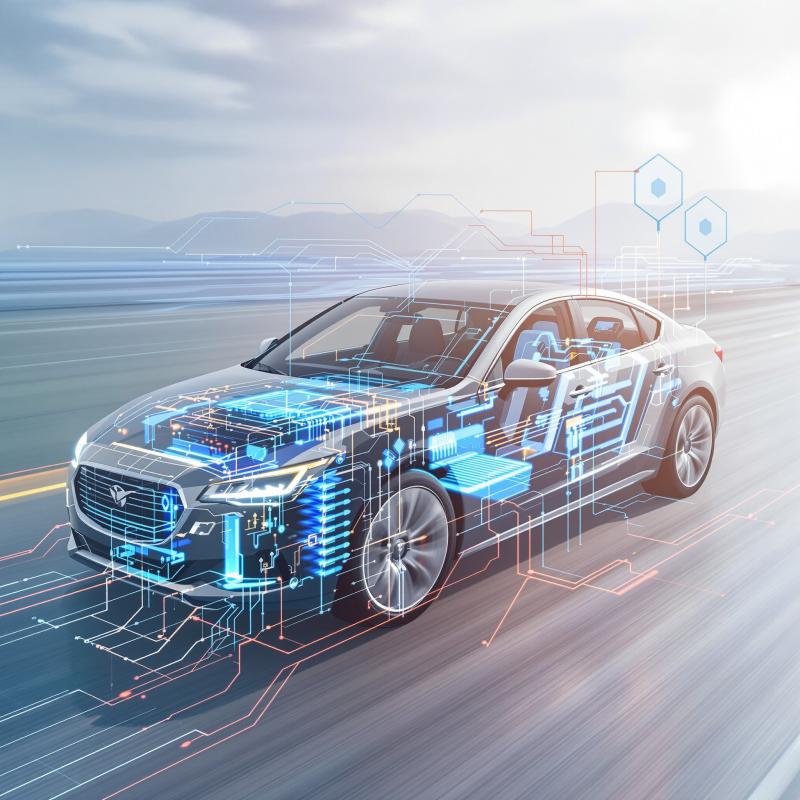
Zonal Architectures: The Backbone of Software-Defined Vehicles
Zonal architectures are revolutionizing the design of software-defined vehicles (SDVs) by reorganizing electronic control units (ECUs) according to their physical location within the vehicle, rather than by traditional functional domains. Each zone contains a powerful zonal controller that manages local sensors, actuators, and communications, while a central high-performance computing unit coordinates data and software functions across all zones. This modular approach dramatically reduces wiring complexity, enhances scalability, and enables seamless over-the-air software updates—key requirements for SDVs. Zonal architectures also support advanced features like AI-driven sensor fusion, real-time decision-making, and robust cybersecurity, making vehicles safer, more adaptable, and easier to upgrade throughout their lifecycle. By decoupling hardware and software lifecycles, automakers can accelerate innovation, deliver new features faster, and optimize vehicle performance for a future defined by connectivity and autonomy.
The Rivian and Volkswagen Collaboration: A Game Changer
A significant milestone in the SDV journey is the partnership forged between Rivian and Volkswagen, launched in January 2025. This collaboration aims to integrate Rivian's advanced electrical infrastructure and cutting-edge software technology into Volkswagen's upcoming electric vehicles. By focusing on reducing electronic control units and simplifying wiring, this alliance not only facilitates manufacturing but also accelerates the adoption of SDVs in the automotive market.
The Rivian and Volkswagen collaboration exemplifies the push towards a streamlined vehicle architecture, where software precedes traditional components. This shift is set to redefine automotive design, paving the way for smarter, more adaptable vehicles.
Decoding the Architecture of Software-Defined Vehicles
SDVs are built upon several architectural layers, each playing a crucial role in the vehicle's functionality and integration. The vehicle platform comprises the core mechanical elements, including sensors and wiring, which serve as the foundation. The compute platform provides the necessary power through control units and semiconductors, enabling high-performance computing capabilities.
The software platform acts as the vehicle's brain, orchestrating various functions via operating systems and middleware. This is complemented by the data platform, which collects and analyzes data to provide valuable insights into vehicle performance. On top of these layers are applications that enhance the driving experience, interfacing with a broader smart mobility ecosystem that integrates the vehicle with external infrastructures like smart grids.
Embracing Open-Source Technologies
The development of SDVs heavily relies on open-source technologies. Platforms such as Linux and Kubernetes enable microservices architectures, facilitating continuous integration and delivery. These tools are essential for adopting cloud-native development approaches, empowering automakers to innovate rapidly and efficiently.
With open-source technologies promoting collaboration and real-time updates, the automotive industry can create more robust and agile vehicles that meet the evolving needs of consumers. This integration of open-source solutions into SDVs enables a flexible and adaptable ecosystem that can seamlessly evolve over time.

Ensuring Security in a Connected World
As SDVs become more prevalent, ensuring cybersecurity is paramount. Frameworks like PSA Certified offer certification processes to enhance cyber resilience, ensuring that vehicles remain secure in an increasingly connected landscape. Moreover, initiatives such as SOAFEE strive to establish standardized software frameworks that address both safety and real-time operational requirements.
By prioritizing cybersecurity, the automotive industry can build trust with consumers, providing assurance that their vehicles are protected against potential cyber threats. This emphasis on security is crucial as vehicles become more integrated with digital ecosystems.
The Road Ahead: Transforming Automotive Landscapes
The architectural advancements in SDVs not only revolutionize vehicle design but also create new revenue streams for automakers. By focusing on software, manufacturers can introduce features through over-the-air updates, continuously enhancing vehicle capabilities without the need for physical modifications.
This dynamic approach to vehicle design allows for unprecedented levels of customization and flexibility, enabling consumers to tailor their vehicles to their specific needs and preferences. As SDVs continue to evolve, they promise to redefine our understanding of mobility, setting new standards for efficiency, convenience, and innovation.

In conclusion, software-defined vehicles are at the forefront of architectural innovation, introducing a new era of automotive design where software reigns supreme. As these vehicles become more integrated with smart mobility ecosystems and advanced technologies, they hold the potential to transform the automotive industry, driving it towards a more sustainable, connected, and adaptable future.
References
For more detailed insights, you can explore further through IBM's exploration of SDV architecture and the Reuters report on the Rivian and Volkswagen joint venture. Additionally, BCG's insights on SDV platforms and Red Hat's discussion on open-source innovation offer further reading on this transformative shift in the automotive domain.
